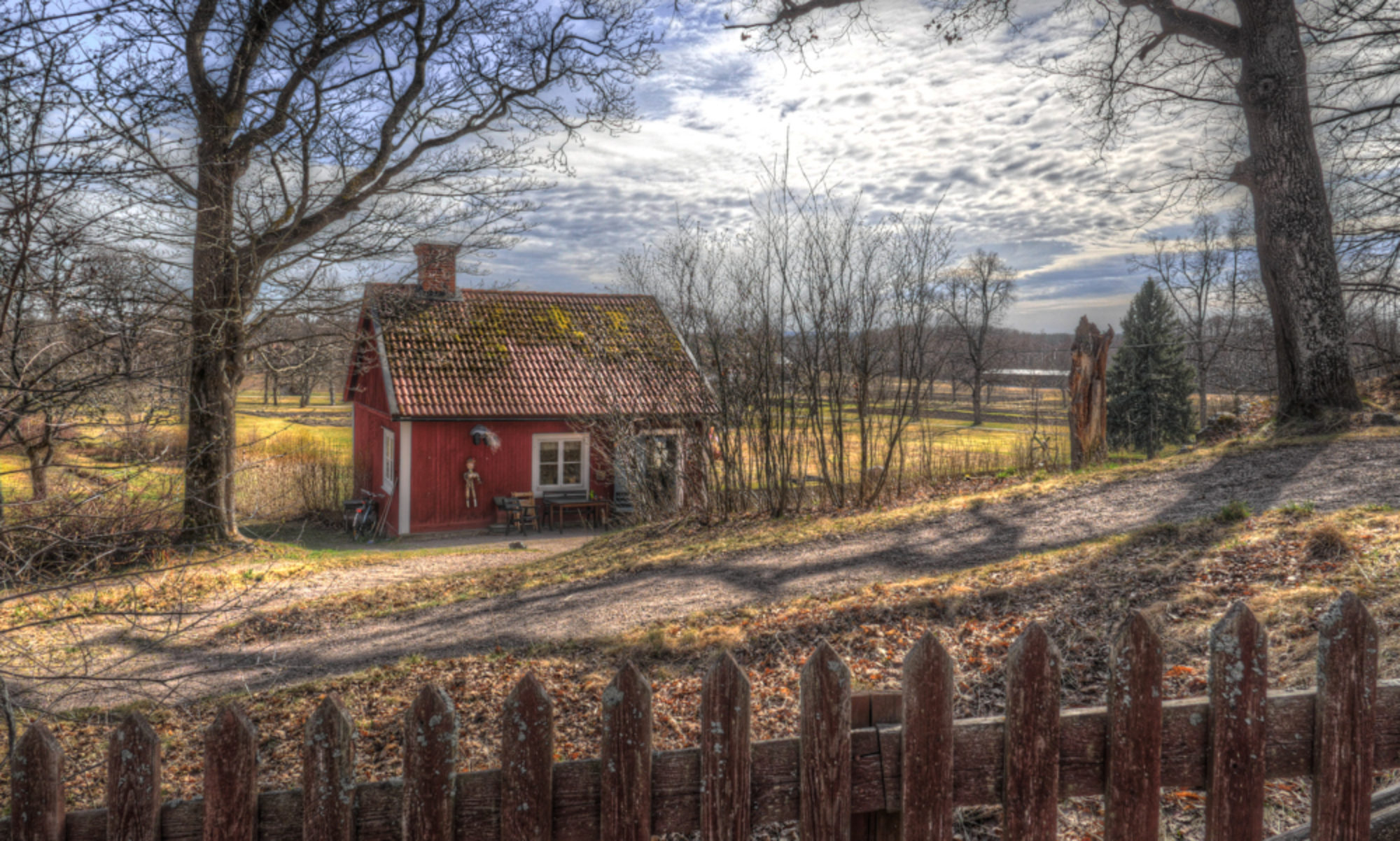
Mostly my fountain pen collection has focused on vintage pens. After all, if they’ve lasted 60 years and still work then they must have something going for them. The complex filling systems and many tiny little parts that make old pens a nightmare for some is what I enjoy most. Few modern pens have ever crept into my consciousness over the years. This changed not too long ago when a collector friend of mine who had an impressive collection of modern (and almost modern) Japanese pens introduced them to me. At first I only gave a nodding recognition to this corner of the hobby but the more I saw and read about them the greater their appeal became.
What makes Japanese pens interesting is the confluence of exacting craftsmanship, creative manufacturing, and ancient artisanship. Manufacturers in that country for decades have used modern technology to advance this very anachronistic form of writing instrument. Take, for example, the Pilot Vanishing Point with its retractable nib/reservoir unit or the Pilot MYU that uses a single seamless piece of extruded stainless steel to form both the grip and nib of that pen. Even advances in ink technology, such as using graphite as a colorant base for a black ink, came from the fertile pen makers of Nippon.

It is not just technology and manufacturing prowess that fascinates me about Japanese pens but also the artistry they can apply to the simple cylindrical form. Motifs like Ukiyo-e have been applied to painted, inlaid, and sterling silver pens there for many years. We’re not talking the garish limited editions you see from western pen companies but something richer and more subtle. In the case of the pen discussed here we see two marvelous traditional methods of decoration: urushi and maki-e.
Since the early 20th century urushi varnish has been used in Japan as a coating over the base pen material (usually hard rubber) due to its ability to protect as well as its long wearing attributes. This varnish is the sap from the Toxicodendron vernicifluum (love those official names) and as that name indicates is a toxic and caustic substance. Careful handling is necessary to utilize it but when the varnish dries it forms a clear and extremely hard waterproof coating. It can be colored as well to form an opaque finish. A great deal of skill and experience is needed to apply even coats of urushi between the long periods required for drying making it a labor intensive process.

Maki-e is a decorative art that where metallic gold, silver, or platinum powders are sprinkled or brushed onto designs made with tacky urushi. Eventually the design is made section by section and coated with a final application of varnish. It’s a craft that takes many years of training before mastery. Quite a few variations to this technique exist including raised designs and incorporating granular powders for a textured exterior.

My pen is a Danitrio Takumi and uses both gold and platinum dust to form a picture of Japan’s Mt. Fuji. It is made of black hard rubber with burgundy colored urushi on the cap and black urushi on the barrel. A young artist named Hironobu Okazaki created it and he is the third generation of maki-e artists in his family. His work pushes the boundaries of this time-honored art form with some novel designs and coloration (such as the two tone work here.) The pen is not only beautiful but writes very well with its smooth stub nib. Although large it’s surprising light and feels great in the hand. Both elegant and a surprisingly practical writing instrument this pen is a fine example of Japanese art in pen form.





